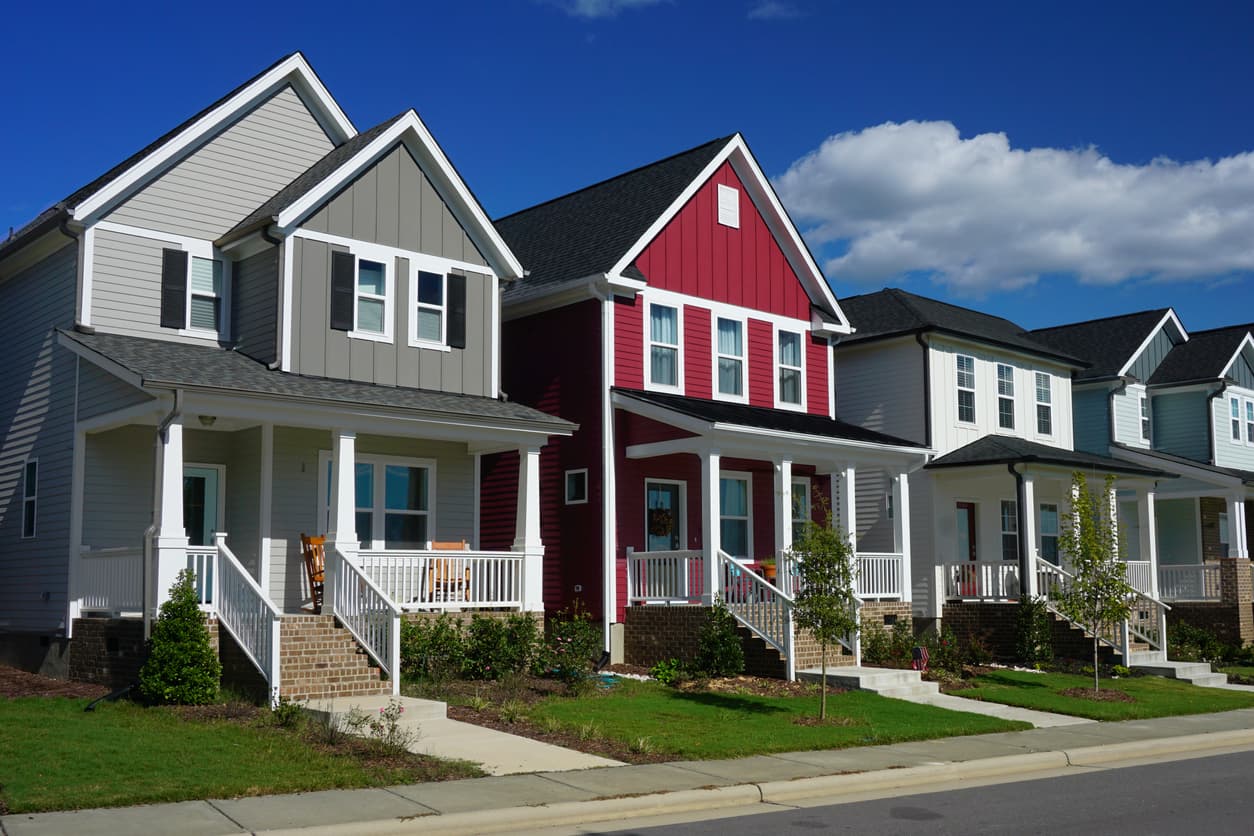Active security measures give you the upper hand in attracting home buyers to your communities. Read this guide to discover seven ways to improve HOA security.
Key takeaways:
- Ensuring the security of a community is a collective effort that should begin with a thorough security assessment.
- Improving HOA security is vital because you may lose potential buyers if your community is thought of as unsafe.
- Security cameras, alarm systems, landscaping, and neighborhood watches are effective security measures.
- Your HOA can hire professional services to improve security in the community.
Homeowner associations (HOAs) typically focus on managing shared community spaces, protecting property values, offering services to residents, and developing a sense of community through social activities. A big part of managing communities and protecting property values is making sure residents are safe.
Considering that there are 2.5 million burglaries in the U.S. each year, ensuring neighborhood security is very important. Community managers are often concerned with HOA safety and want to put the best measures in place to protect everyone.
In this quick guide, we’ve done the heavy lifting for you. We will share seven ways to increase security for your HOA.
1. Conduct a security assessment
Improving security for your HOA begins with a security assessment. A thorough evaluation will reveal which areas in a community have security failings. It can also help you determine effective solutions and map out a timeline for execution.
A security assessment will give you insight into the costs you’re looking at to provide additional safety measures. The HOA board can do it themselves but might miss key details. Hiring a professional to do it may cost in the range of $1,500 to $ 5,000, excluding equipment and personnel.
You can perform a quick on-site security inspection by walking through the community, especially its common areas. You can also interview a selection of homeowners on their safety concerns or risks they may have noticed.
When you’re conducting your on-site security inspection, ask questions like:
- Is there control over visitors entering and leaving the community?
- Are all keys for common areas accounted for?
- Is there good lighting in public areas?
2. Monitor your current security measures
Review all of the current security measures in place and regularly make sure they’re functioning. If you realize some security systems are faulty, ensure you get them repaired. Explain any security rules to residents so they know what they should be doing.
You can also interview your residents to understand how they feel about these measures. A great way to monitor safety is to develop a committee within the HOA board that is solely responsible for monitoring security measures in the community.
3. Landscaping
Landscaping can play a significant role when it comes to HOA security. If bushes and trees are left overgrown, people can hide in them. Tall trees next to houses also provide the opportunity to climb into homes through upstairs windows to break in.
This is why landscaping needs to be done regularly. Keep that trees trimmed and bushes low and neat.
4. Security camera installation
Security cameras and professionals that operate them help promote safety and prevent criminal conduct. When criminals think they’re being watched, they often step back from their plans.
You can install security cameras in common areas and entrances and exits. They must also be monitored. You can designate a board member to do this.
Security cameras can certainly work on their own but should also be used in conjunction with other security measures like an alarm system. Cameras can be expensive so ensure they fit into your HOA budget.
5. Educate residents on security systems
When it comes to HOA security policies, you must be clear and communicate them to your residents. Teach them that safety is everyone’s priority.
Be transparent and include any specifications of the current measures that people should know about. Write down the community’s safety rules and distribute them to all residents.
You can also schedule a community meeting to explain each policy and address any concerns. You can give residents safety tips such as “don’t leave a key underneath your doormat.”
You can also remind them to:
- Report any suspicious activity to the police
- Take inventory of their properties for safety failings
- Keep their homes and vehicles locked always
- Install home alarm systems
- Install carbon monoxide detectors in their homes
It’s also essential to provide your residents with a list of emergency contacts and ensure that contact information is accurate.
6. Neighborhood watches
You can adopt a neighborhood watch program in conjunction with local law enforcement. Volunteers will perform activities like neighborhood patrol and distribute crime prevention information. The advantage here is that volunteers can mobilize other residents to keep the community safe.
To make your neighborhood watch program effective, set some ground rules. One example is that residents should contact local law enforcement when they suspect a suspicious person is around instead of taking matters into their own hands.
7. Hire a professional security company
Your HOA can always contact a professional security firm to improve security in the community. They will have experience handling safety and crime prevention, and the necessary tools to do it.
VendorSmart is an excellent platform that provides reliable and qualified vendors for your security projects and more. Whether you’re managing five thousand or hundreds of thousands of homes, we can help make your vendor management process seamless and efficient while at the same time minimizing the risk profile of the vendors that work in your communities.
See how our platform works to get started with it.
